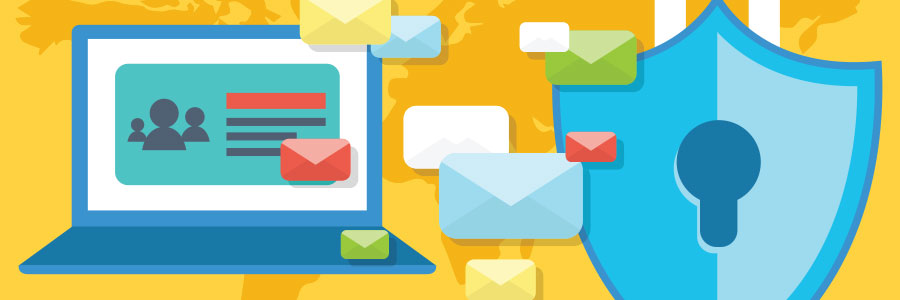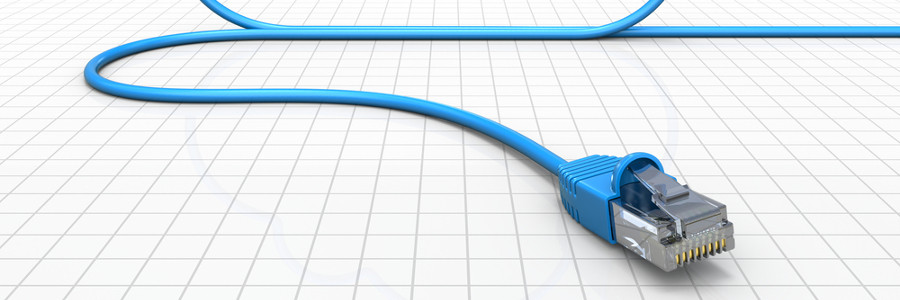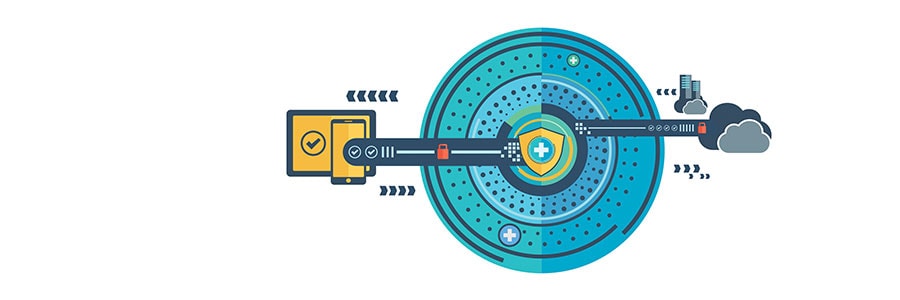Some of the most well-known companies in the world have been victims of cyberattacks, including Sony Pictures, Home Depot, Adobe, and eBay. While major corporations are high-profile targets for hackers, small- and medium-sized businesses are not exempt, so they need to secure their networks and data.
Tips for safeguarding business data
Why is HTTPS important?

Are you an avid online shopper? Have you noticed if each payment page has HTTPS in its URL lead-up? If you’re not absolutely sure, you might be a prime target for identity theft. Here's why you should make sure that the websites you browse for shopping have a little padlock icon on them in the URL bar.
VPNs: Why you need them
Is the IoT a boon or a bane in healthcare?
How to protect your Office 365 data

For businesses, data security is critical. If this information is lost or stolen, it could lead to crippling financial losses, legal disputes, and more importantly, loss of customer trust. While Microsoft Office 365 comes with some security and compliance tools, it still needs the support of data protection best practices.
How to prevent VoIP threats

SMBs are steadily transitioning from traditional phone services to VoIP solutions for team collaboration. Since VoIP threats don’t make headlines as often as cyberthreats like ransomware and phishing, not everyone knows how to combat them. Here are five tips to secure your company’s internet-based communication devices and services.
5 Cybersecurity measures anyone can master
4 misconceptions about the Cloud

Cloud computing has given companies affordable and flexible solutions to deal with rapidly advancing technological demands. However, for the small business owner, there are still many common misunderstandings about using cloud services. Here are a few things some businesses owners misunderstand about the cloud.
Chrome to mark HTTP as ‘not secure’

Within the last year, Chrome has helped users understand that HTTP sites are not secure. More websites use HTTPS, a safer protocol, than ever before. So, how can you benefit from this transition? Find out here.
For several years, Google has moved toward a more secure web by strongly advocating that sites adopt the Secure HyperText Transfer Protocol (HTTPS) encryption.
Cybersecurity approaches to keep PHI safe

As you are well aware, healthcare companies and the vast amount of valuable patient information they hold have become a major target of cyberattacks. Hospitals must combat this with a highly-trained team of technicians equipped with premium systems and protocols, including:
Routine Access Monitoring
To control access to protected health information (PHI), your IT department must introduce guidelines and restrictions.




